Concept testing
Test before you invest
Concept testing allows you to gather player feedback before you even have a working game prototype. It also allows you to gauge the responses of your players before you fully commit to design decisions, and ensures that your decision-making is evidence-based from the outset of the design process.
These products are best for concept testing:
Concept test: Static
Show players your concepts, assets and artwork, and get true responses and reactions in their own words.
Surveys
Surveys can be combined to provide supplemental data. These are especially useful with gathering feedback on static images and text (including narrative content!)
Concept test: Audiovisual
In place of - or alongside - static images, use these to prompt assessments of gameplay mechanics, mood, and settings.
Get started now
Find out why hundreds of top game studios are already testing with PlaytestCloud.
Get a free playtest for your game
When is this most useful?
Concept testing is designed to help you get feedback from players about your concepts and assets before you commit large-scale resources to further developing them. Technically this could be at any point during the development lifecycle!

Typical Uses
The findings from concept testing could help you to answer the following research questions, along with others tailored to your game and current requirements:
Which of our three game concepts is most appealing to players?
Does our concept artwork fit with the game’s setting, atmosphere and/or brand?
Are we achieving the intended mood and atmosphere with our artwork and concepts?
Are our character designs more or less appealing than those of our competitors?
Is the tone and language of our in-game narrative text appropriate and easily understood by our target audience?
Is our narrative interesting? Can players follow the narrative?
Follow-up Questions
For qualitative concept tests - that is, those where you will get rich data from players who speak aloud as they view your concepts and materials - you can get useful data from as few as five players. Use the same amount again for every extra target demographic you include. For primarily quantitative or survey-based studies, aim for larger numbers: at least 20 per group, but possibly more based on the specific questions you use.
Data from players who speak their responses and thoughts aloud provides rich insight into their perception and experience of your materials, but is not always helpful in terms of learning what they actually prefer. In these cases, consider supplementing your study with survey questions that provide direct comparisons between the different materials.
Need a quick round of player feedback on some preliminary materials, or a sense check on whether a new character design fits the game? Use a qualitative concept test with a small group of players, iterating and repeating as necessary. If you are looking for more representative feedback that is likely to replicate the responses of a wider player group, use a quantitative survey, and send it to a larger number of carefully-recruited players who are in line with your target demographic. If on the other hand you land somewhere in the middle, you may want to get rich feedback and insights into a pack of concept materials. Here, use a concept test that includes static and audiovisual materials, supported by a quantitative survey. Your analysis should naturally tie the spoken and survey responses together.
Trusted by 60% of the studios behind the App Store's top 100 games
We're powering playtesting for thousands of producers, user researchers, game designers and others passionate about player experience.

.png)
.png)




.png)


.png)
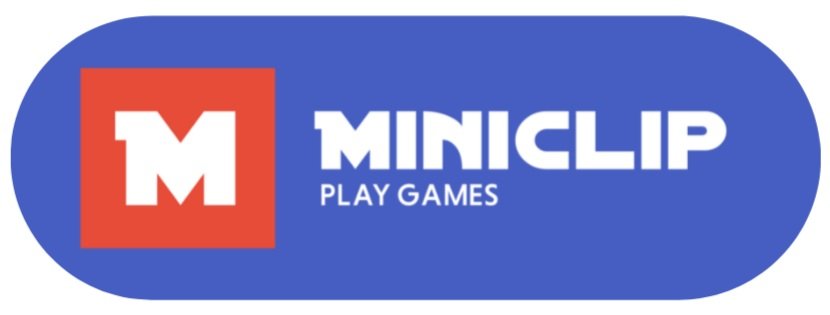
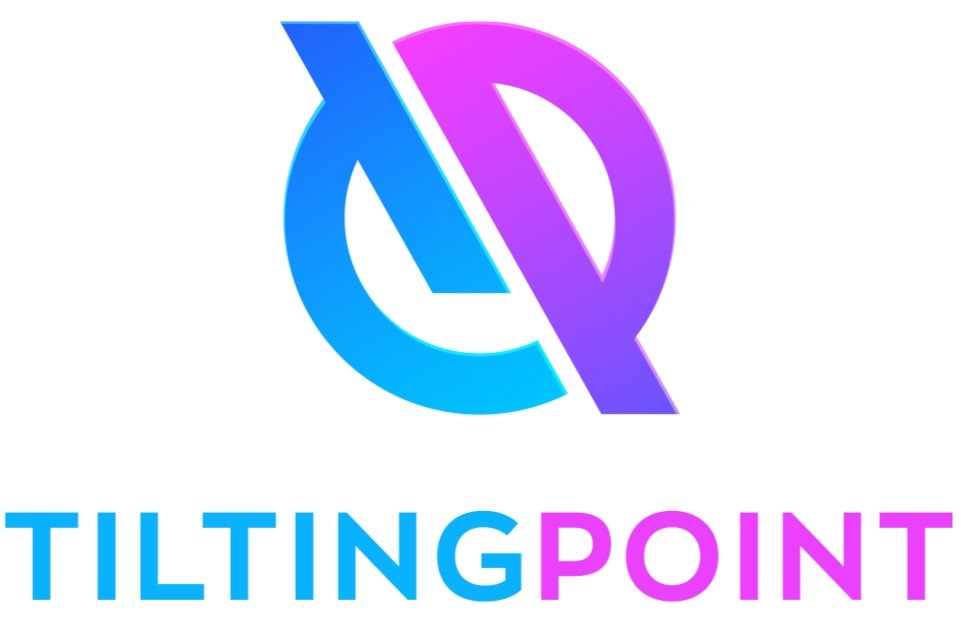







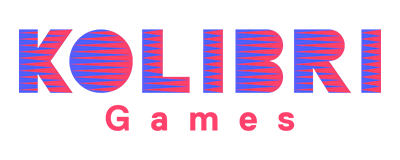





.png)
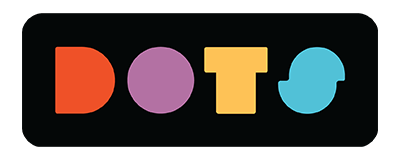

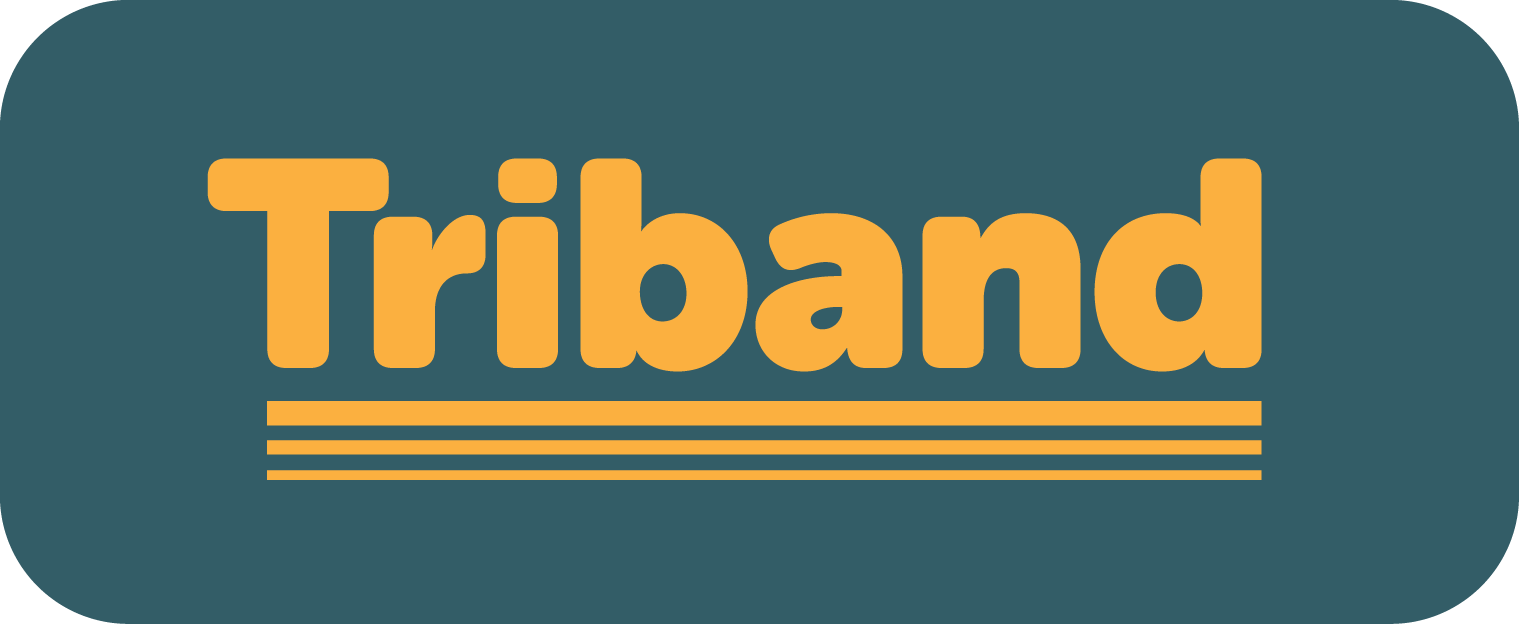

.png)
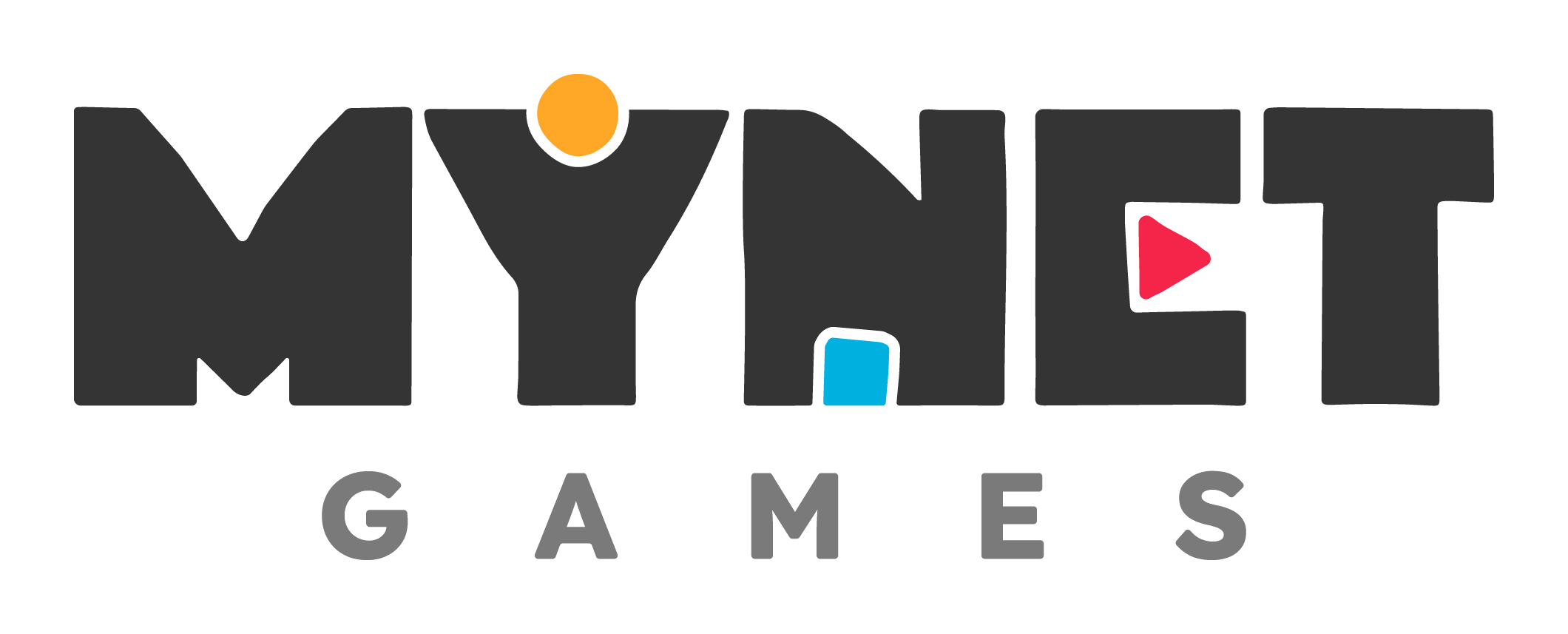

.png)
.png)

